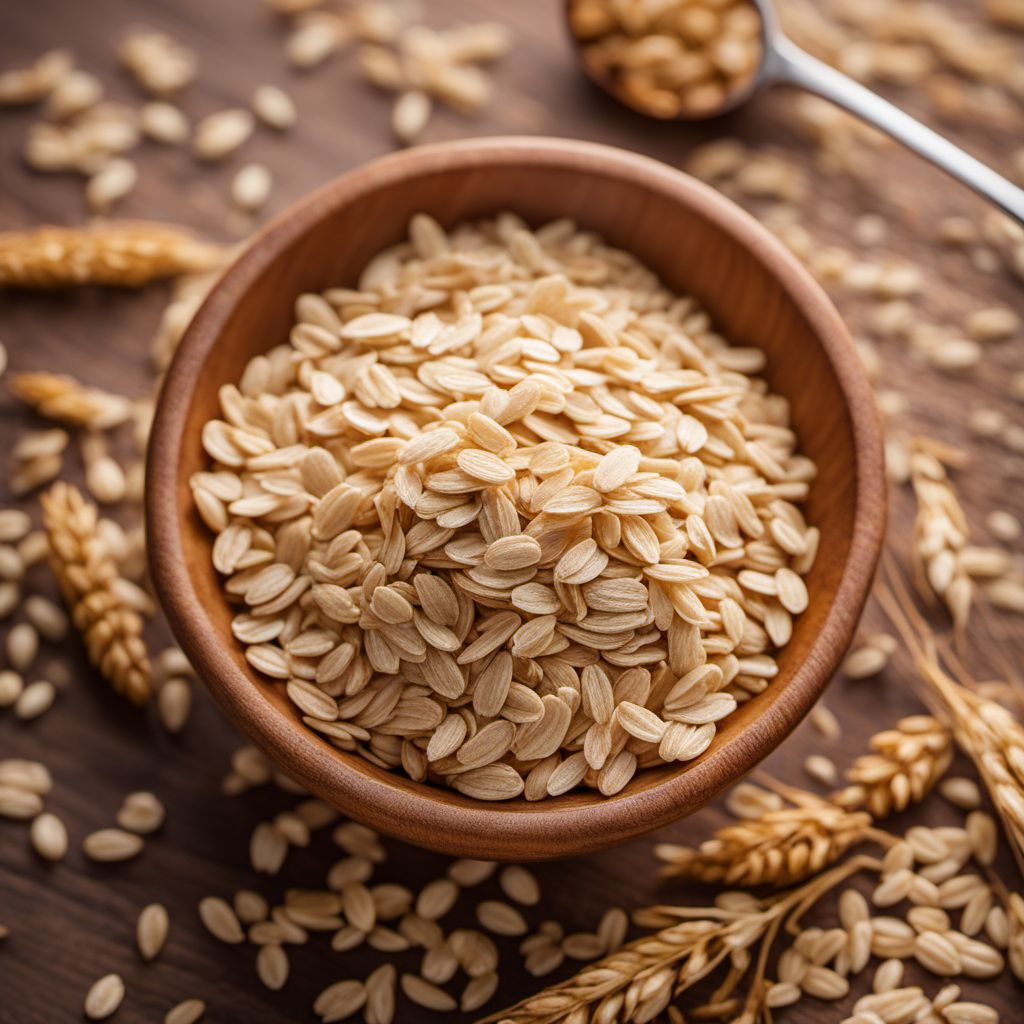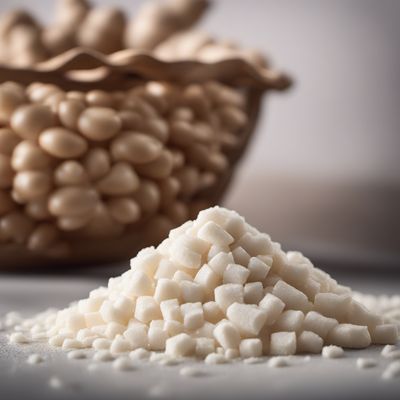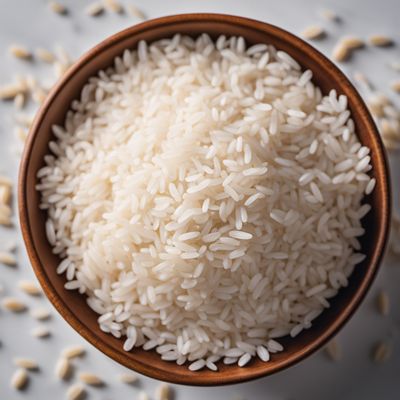
Ingredient
Oat starch
The Versatile Powerhouse: Unleashing the Potential of Oat Starch
Oat starch, a fine white powder, is obtained from the endosperm of oats. It possesses excellent thickening and stabilizing properties, making it a valuable ingredient in various food products. With a neutral taste and smooth texture, oat starch blends seamlessly into recipes, enhancing their texture and mouthfeel. Its ability to retain moisture also contributes to the overall quality of baked goods, making them moist and tender.
Origins and history
Oats, and consequently oat starch, have a rich history dating back thousands of years. Originating in the Fertile Crescent, oats were initially considered a weed until their cultivation began around 3,000 BCE. Oats gained popularity in Europe during the Middle Ages and were later introduced to North America by European settlers. Today, oats are widely cultivated across the globe, with major producers including the United States, Canada, Russia, and Australia.
Nutritional information
Oat starch is a good source of carbohydrates and dietary fiber, providing energy and promoting digestive health. It is also low in fat and contains essential minerals such as iron, magnesium, and phosphorus.
Allergens
Oat starch may contain traces of gluten, making it unsuitable for individuals with celiac disease or gluten intolerance.
How to select
When selecting oat starch, opt for reputable brands that offer high-quality products. Look for packaging that is intact and free from moisture. Additionally, check the expiration date to ensure freshness.
Storage recommendations
To maintain the freshness and quality of oat starch, store it in an airtight container in a cool, dry place. Avoid exposure to moisture, as it can cause clumping and spoilage.
How to produce
Oat starch production is typically carried out on an industrial scale. However, for amateur production, oats can be ground into a fine powder using a blender or food processor. The resulting powder can then be sieved to obtain a finer consistency, resembling commercially available oat starch.
Preparation tips
Oat starch can be used as a thickening agent in soups, sauces, and gravies. It can also be incorporated into baked goods, providing a tender texture. When using oat starch, it is important to mix it with a cold liquid before adding it to hot mixtures to prevent clumping. Additionally, it is advisable to avoid prolonged cooking or excessive heat, as it can diminish its thickening properties.
Substitutions
Cornstarch or potato starch can be used as suitable substitutes for oat starch in recipes. These alternatives offer similar thickening properties and can be used in a 1:1 ratio.
Culinary uses
Oat starch finds common culinary uses in a variety of dishes, including creamy soups, puddings, custards, and gluten-free baked goods. It is also utilized in the production of processed foods, such as snack bars and cereals, to enhance their texture and stability.
Availability
Oat starch is commonly available in regions where oats are cultivated, such as North America, Europe, and Australia. It can also be found in specialty health food stores or online retailers.
More ingredients from this category

Maize starch
The Versatile Thickener: Maize Starch

Tapioca starch
The Versatile Tapioca Starch

Rice starch
The Versatile Powerhouse: Rice Starch

Wheat starch
The Versatile Powerhouse: Unleashing the Potential of Wheat Starch

Rye starch
The Versatile Rye Starch

Potato starch
The Versatile Powerhouse: Unleashing the Potential of Potato Starch